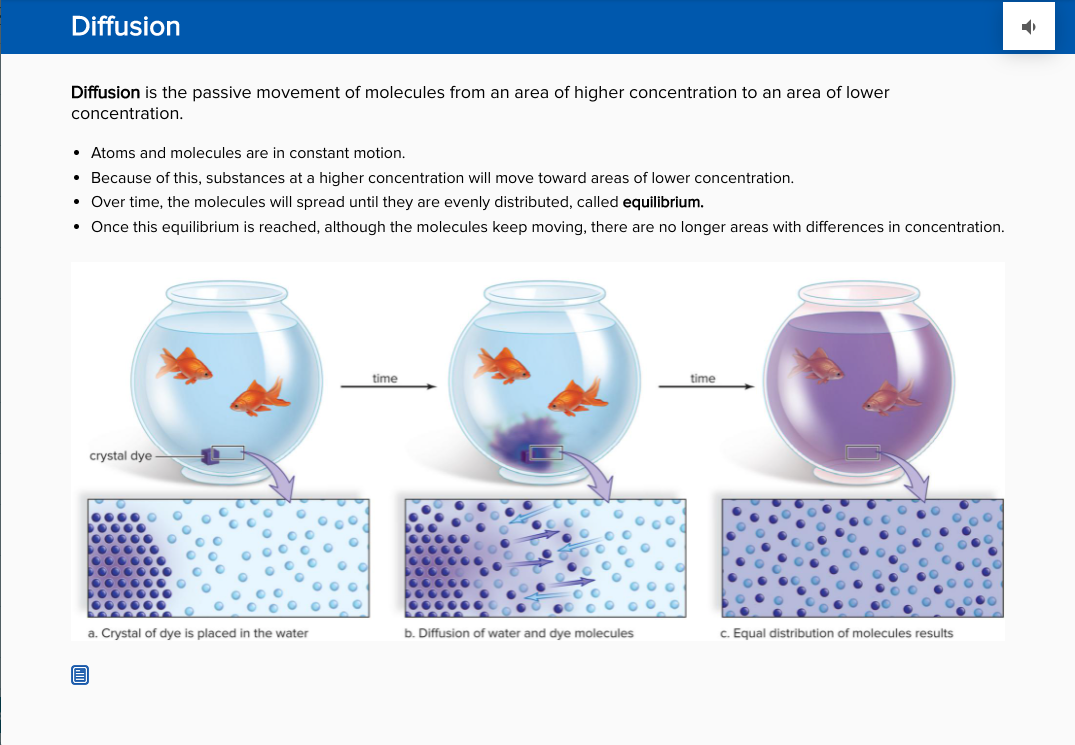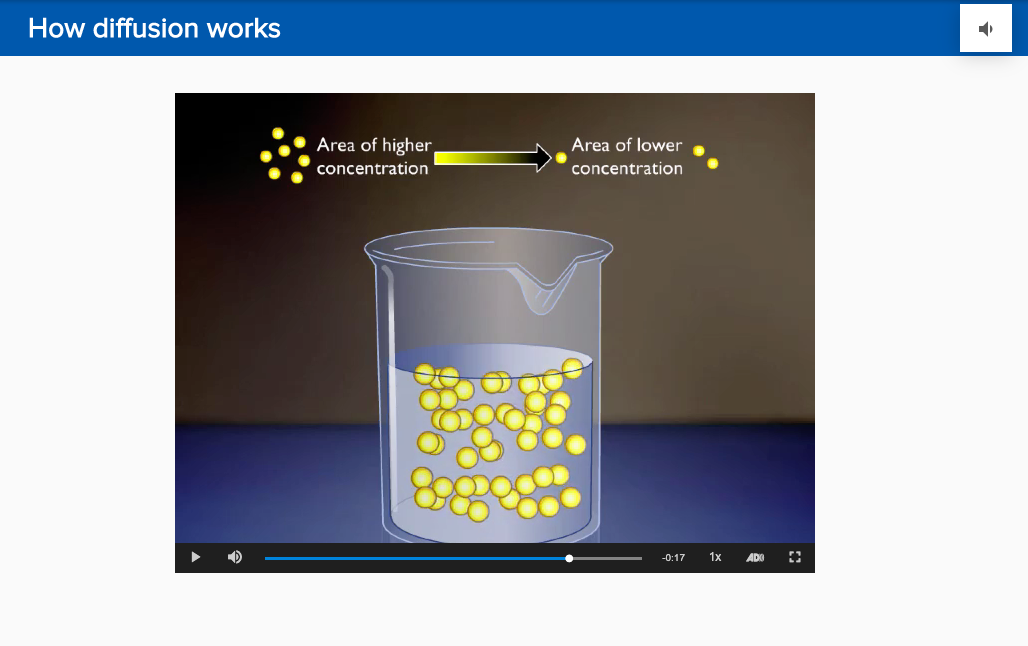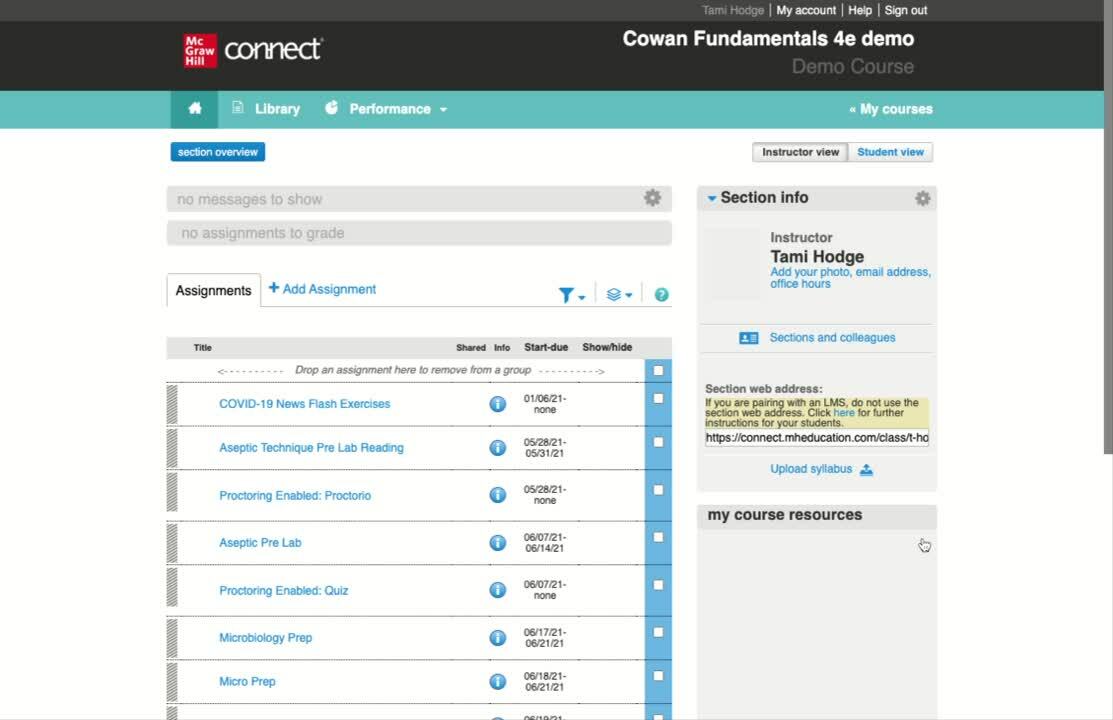How to Implement Prep for Microbiology
Learn how to implement prep for microbiology
Published February 13, 2020

A growing number of allied health students take microbiology at a community college but are not successful on their first try.
Many schools across the country offer microbiology without requiring any prerequisite biology or chemistry course. Students could be brand new traditional college students or non-traditional students who haven’t had a science course in decades, and they can sign up for microbiology in their first semester! This presents a difficult situation because most faculty would agree that a solid science background is one of many things needed to be successful in a microbiology course.
When I started at Front Range Community College 14 years ago, we had a general biology prerequisite requirement. Microbiology was still challenging for many students, but it wasn’t because of a lack of preparation before enrollment. Five years ago, our college had to make the tough decision to remove the prerequisite requirement due to nursing accreditation requirements. Even though we still strongly encourage a general biology prerequisite, we see that most students do not choose that route for time and economic reasons. And unfortunately, we have seen the rates of drop-fail-withdraw (DFW) continue to increase during this same time period.
Our microbiology team has implemented a few strategies to deal with this situation. The first was to provide a means for students to understand their level of preparation coming into the course and how that relates to the data on overall success rates. We began to require a “diagnostic tool” assignment, which is essentially a pre-test of general biology and chemistry material that most instructors expect their students to understand when they start the course. Students take this tool on the before the second day of class, and then they are given an interpretation of what their scores mean. This is a great way to objectively let students know where they are and what it is going to take to be successful based on their preparation level for the course.
The next challenge was to provide resources for students that scored poorly on the diagnostic tool but for a variety of reasons, they still chose not to change their enrollment to a prerequisite level course. How do you quickly and adequately remediate a student with a very low level of background knowledge while they are also trying to survive learning new microbiology?! One solution we offer is the implementation of Microbiology Prep® published by McGraw-Hill. Microbiology Prep helps our students catch up during the first few weeks of the semester by helping them solidify their knowledge in the key areas of cell biology, chemistry, study skills, and math. The best part of this resource is its personalized approach. Using super-adaptive technology, the program identifies a student’s specific gaps in knowledge and then provides short teaching tutorials designed to mimic the office hour experience. This gives an underprepared or struggling student exactly what they need to quickly and effectively learn the foundational knowledge and skills necessary to be successful in a college-level microbiology course.


Watch a brief overview of Microbiology Prep here:

Originally, we offered Microbiology Prep as an optional resource for students to get some remediation help. Based on student feedback and data collection on its use and effectiveness, we now require LearnSmart Prep for Microbiology as an early semester assignment for all students scoring under a certain threshold on the diagnostic tool assessment. Initially, we found that the students who scored the highest on the tool were also the ones most likely to complete the optional Microbiology Prep–the very students who did not really need it! And unfortunately, the students who needed it the most were the least likely to complete it and not likely to succeed in the course.
In course surveys, students have indicated their appreciation for our forthright approach in showing them the relationship between scientific preparation and eventual success in microbiology. They also have consistently rated Microbiology Prep as one of the most important tools for their successful completion of the course. As a microbiology instruction team determined to see students succeed, this resource has been a lifesaver for our program!



